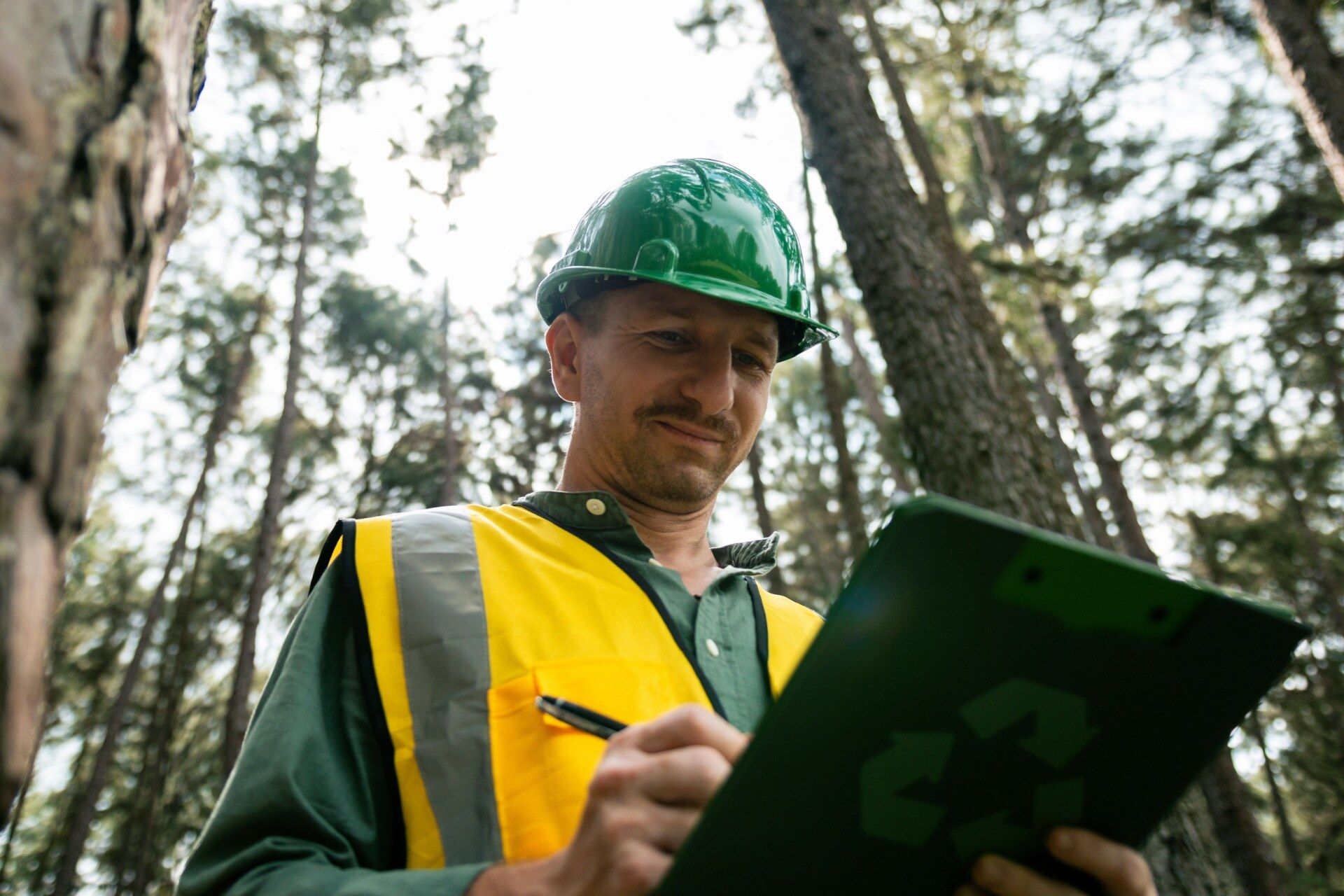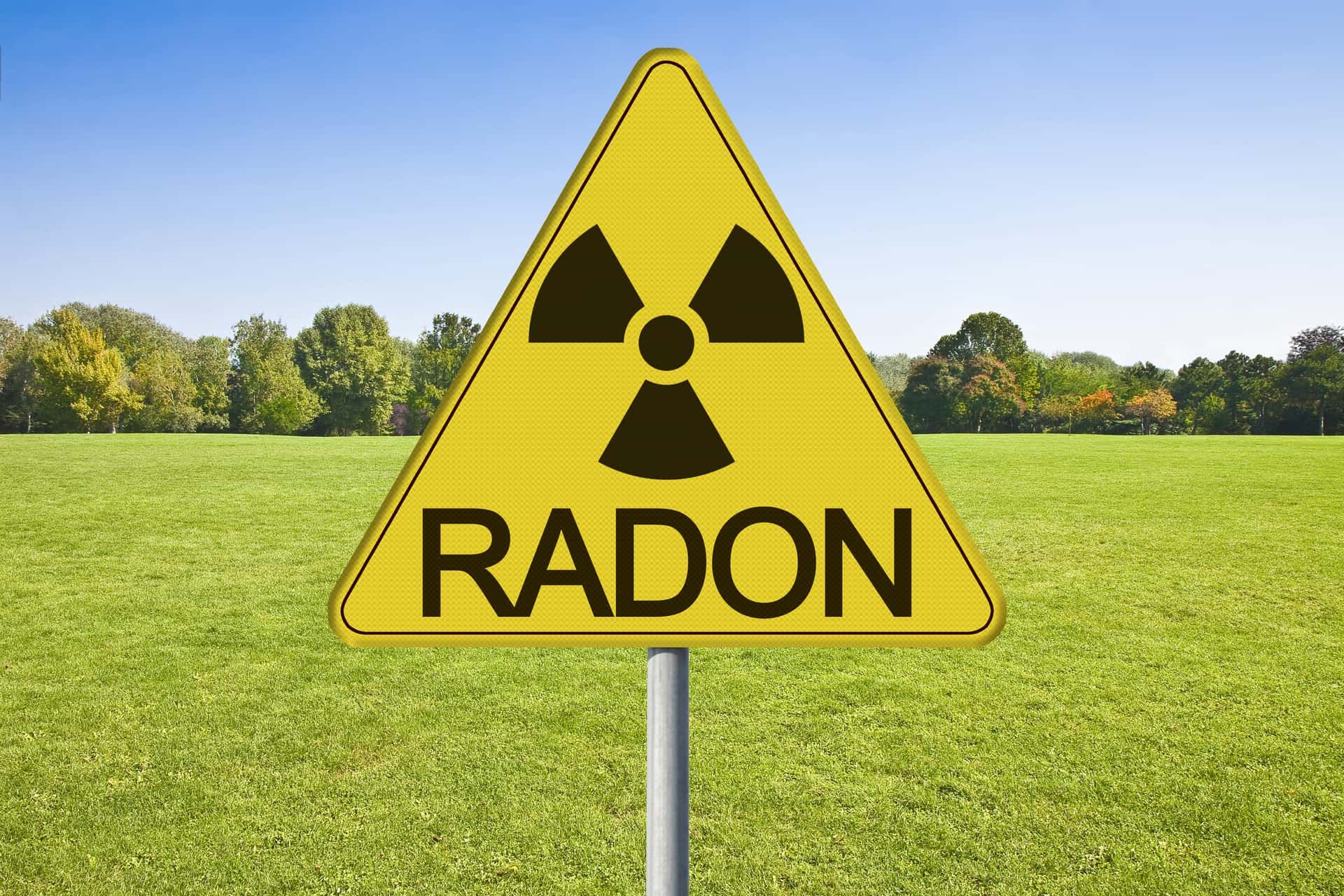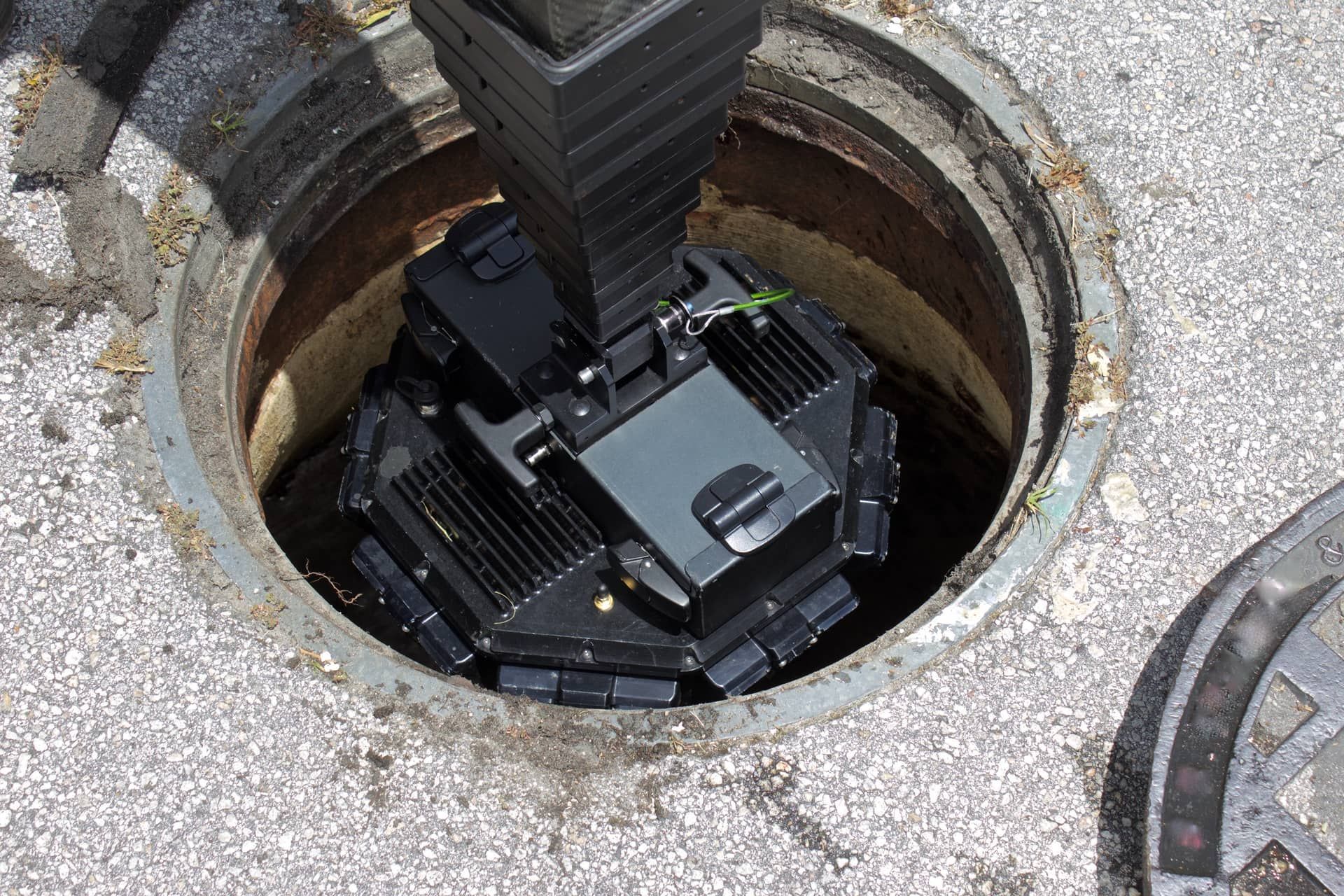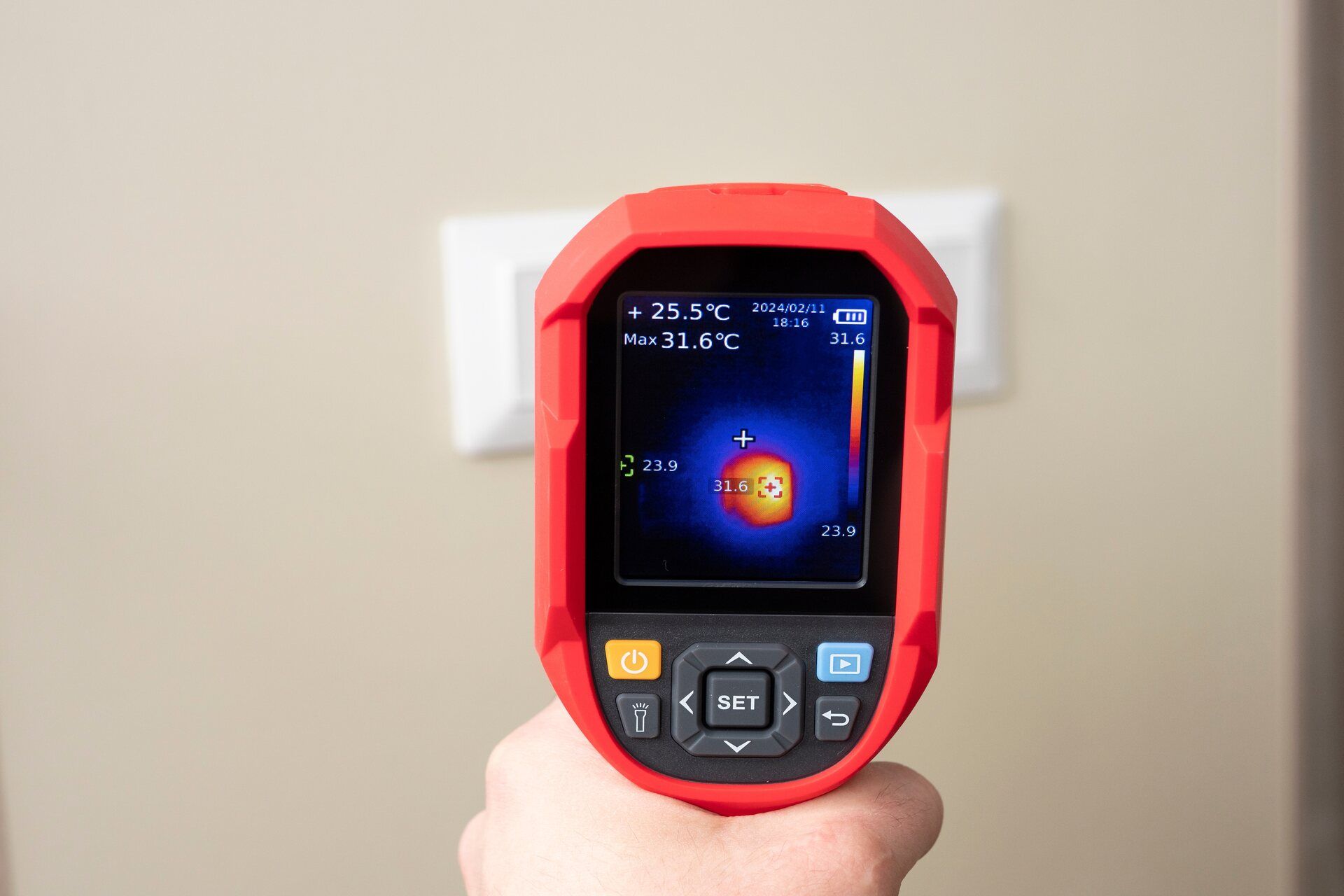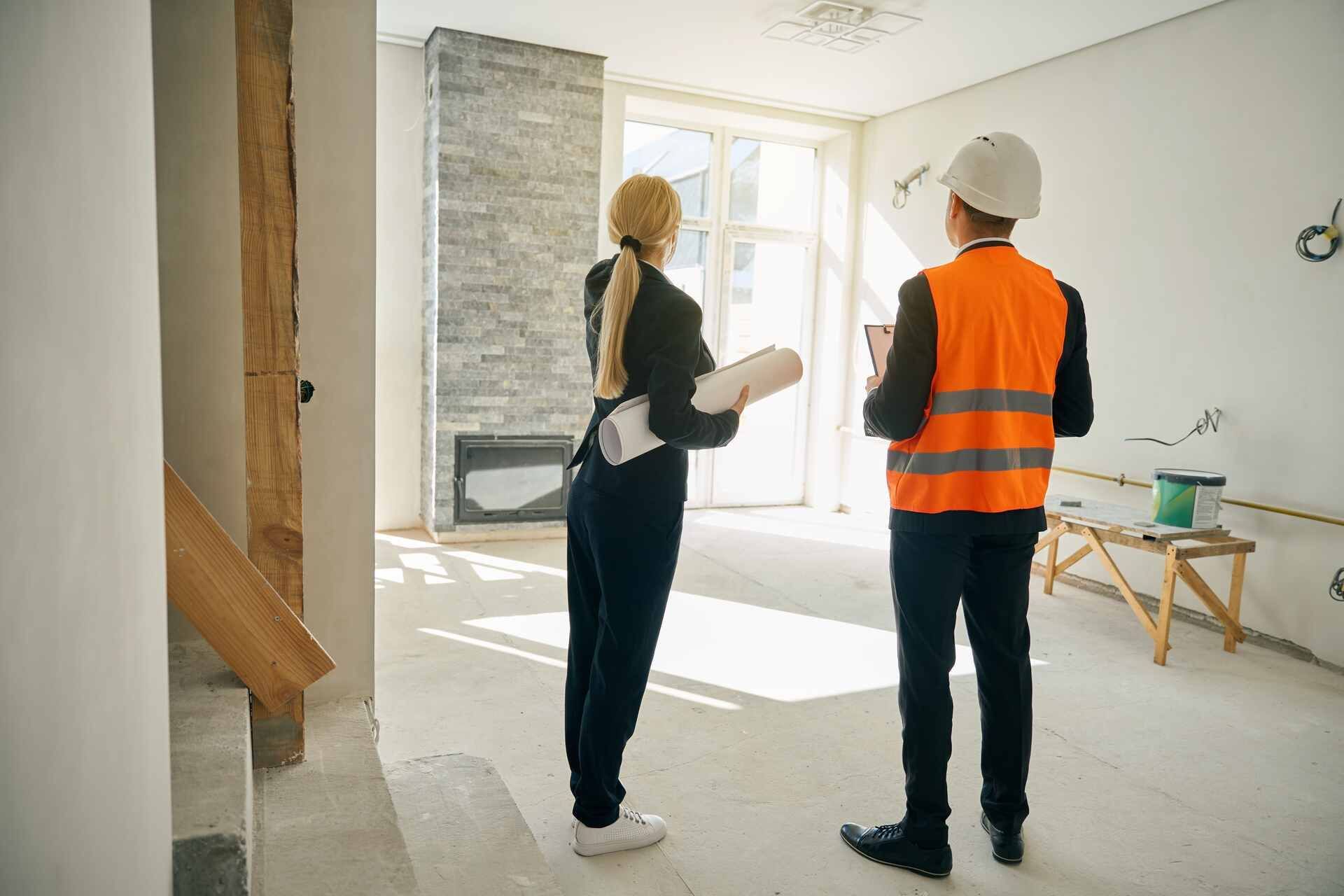Subterranean Termites: Detection, Prevention & Inspection
In any home buying process it’s important to ensure structures are safe from termites and other wood destroying insects. Insects like subterranean termites can especially cause significant structural damage if not treated immediately. Many times an infestation can go undetected to the untrained eye until major problems occur, which is why it’s important to get a
termite inspection and consult with a professional.
What are Subterranean Termites?
Subterranean termites live in all lower 48 states and thrive underground in colonies, or in secluded areas above ground. In order to survive, they need contact with moisture and soil, and build tunnels called “mud tubes” to gain access to food sources protection from open air. A single colony of subterranean termites can cover about an acre and contain up to 2 million members that swarm in the Spring. Because of these swarms, termites are often confused with flying ants.
How do we inspect for Subterranean Termites?
Signs of termite infestation include soft wood in the home, mud tubes on the exterior of the home near the foundation, and darkening of wood structures. In an infestation, it’s common to see their wings on window sills or flooring. When inspecting for termites and other wood destroying insects, it’s important to know the high risk areas. These areas include porches, fences, garages, crawlspaces, door frames, and sheds. Our inspectors are trained to look for mud tunnels and damaged wood and can probe areas of suspected damage.
What can homeowners do to prevent Subterranean Termites?
Homeowners aren’t likely to notice termites until they’re a problem. To prevent potential infestations, it’s important to create inhabitable environments in high risk areas of the home. To do this, start by reducing water accumulation near the home’s foundation by diverting water away with properly functioning downspouts, gutters, and splash blocks. Next, reduce humidity in crawl spaces by installing proper ventilation and eliminate wood contact with soil by maintaining a 1 inch gap. As a preventative measure, it’s important to never bury wood scraps or waste lumber in the yard.
At
ProTec Inspection Services, we don’t remediate findings of any kind. Because of this, our inspectors don’t benefit from up-selling services to remove these wood destroying insects. Companies that provide treatments for termites have an added incentive to find termites so that treatment will be required. Rest assured, our inspectors will call it like we see it. If our inspectors find any sign of damage or previous termite treatment, we’ll let you know. Termite Inspections are a frequent add-on option for all full home inspections and most lenders require it!
Disclaimer: The information on this website and blog is for general informational purposes only and is not professional advice. We make no guarantees of accuracy or completeness. We disclaim all liability for errors, omissions, or reliance on this content. Always consult a qualified professional for specific guidance.
